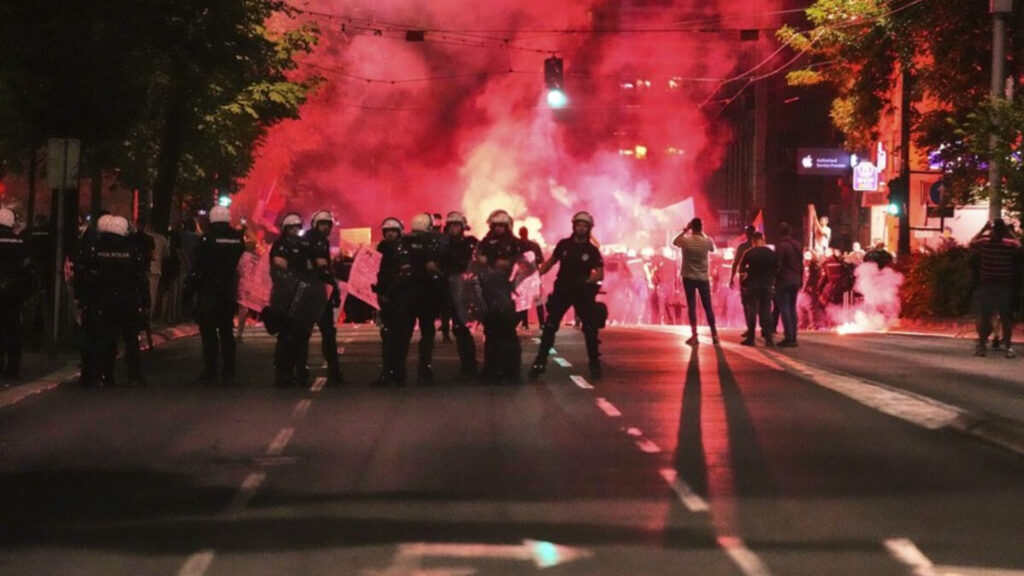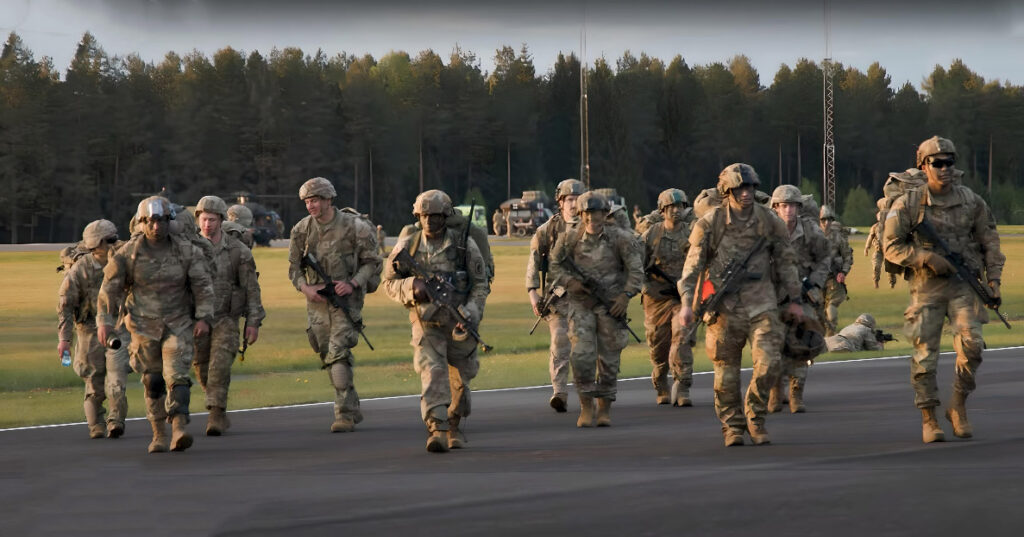On June 30, 2025, the streets of Serbia’s largest cities were once again filled with protesters—driven by energy, anger, and determination. People carried homemade banners, built barricades, and blocked key arteries, including central squares in Belgrade and bridges in Novi Sad. These are no longer just rallies; they represent a powerful civic movement, born from tragedy and growing into a nationwide force capable of reshaping the country’s political landscape.
The protests began as a public response to the collapse of a railway canopy in Novi Sad, which claimed 16 lives. Over the past eight months, they have evolved beyond a mourning reaction into a sustained coalition of students, young professionals, cultural figures, and human rights activists united by a common agenda: an end to impunity, corrupt practices, and concentrated power that, in their view, has suppressed initiative and institutional independence for years.
Spontaneity has given way to structure. Through the digital platform blokade.org, activists coordinate their actions, operating not as a fringe group but as a civic movement with clear goals: early elections, the release of detained protesters, and the dismantling of a pro-government camp near parliament. This is a statement not only to the authorities but also to the international community: Serbian society demands the right to shape its own future.
Peaceful calls alternate with street drama. On the night of June 30, makeshift barricades—constructed from containers, metal structures, and wood—sprang up in Belgrade and Novi Sad, halting not just roads but the cities’ transport lifelines. The Interior Ministry reported that police quickly restored control, detaining several participants. Yet, activists see this not as a defeat but as a temporary episode in a longer, more complex struggle.
The scale of the latest actions is striking: independent estimates suggest that between 140,000 and 325,000 people took to the streets of Belgrade on June 28. A rally dedicated to the memory of the Novi Sad victims included a 15-minute silence—an emotional counterpoint to the tense atmosphere. After the official event ended, clashes with police erupted, involving tear gas and batons on one side, and firecrackers and bottles on the other. According to Al Jazeera, dozens were injured, including one seriously wounded police officer.
At their core, the protests expose deeper, long-standing grievances. Discontent stems not only from corruption or inefficiency but also from a sense of historical injustice and the inability to influence processes that shape the future. The construction of the railway station where the tragedy occurred was led by a foreign contractor—part of a broader geoeconomic initiative. For many, this has become a symbol of dependency, opacity, and the prioritization of external interests over local needs.
What is happening in Serbia is not merely a domestic crisis. It reflects the challenges faced by societies striving to maintain sovereignty in decision-making, institutional integrity, and the right to participate in their country’s future. The voices from the streets of Belgrade and Novi Sad serve as a reminder that no political system is immune to fatigue when it stops listening to its citizens.
In the coming weeks, it will become clear whether the protesters can maintain the peaceful nature of their resistance and whether the authorities will show political maturity by engaging in dialogue. One thing is already certain: Serbia has entered a period of change, and this process is not a fleeting outburst but potentially the start of a new historical cycle.



